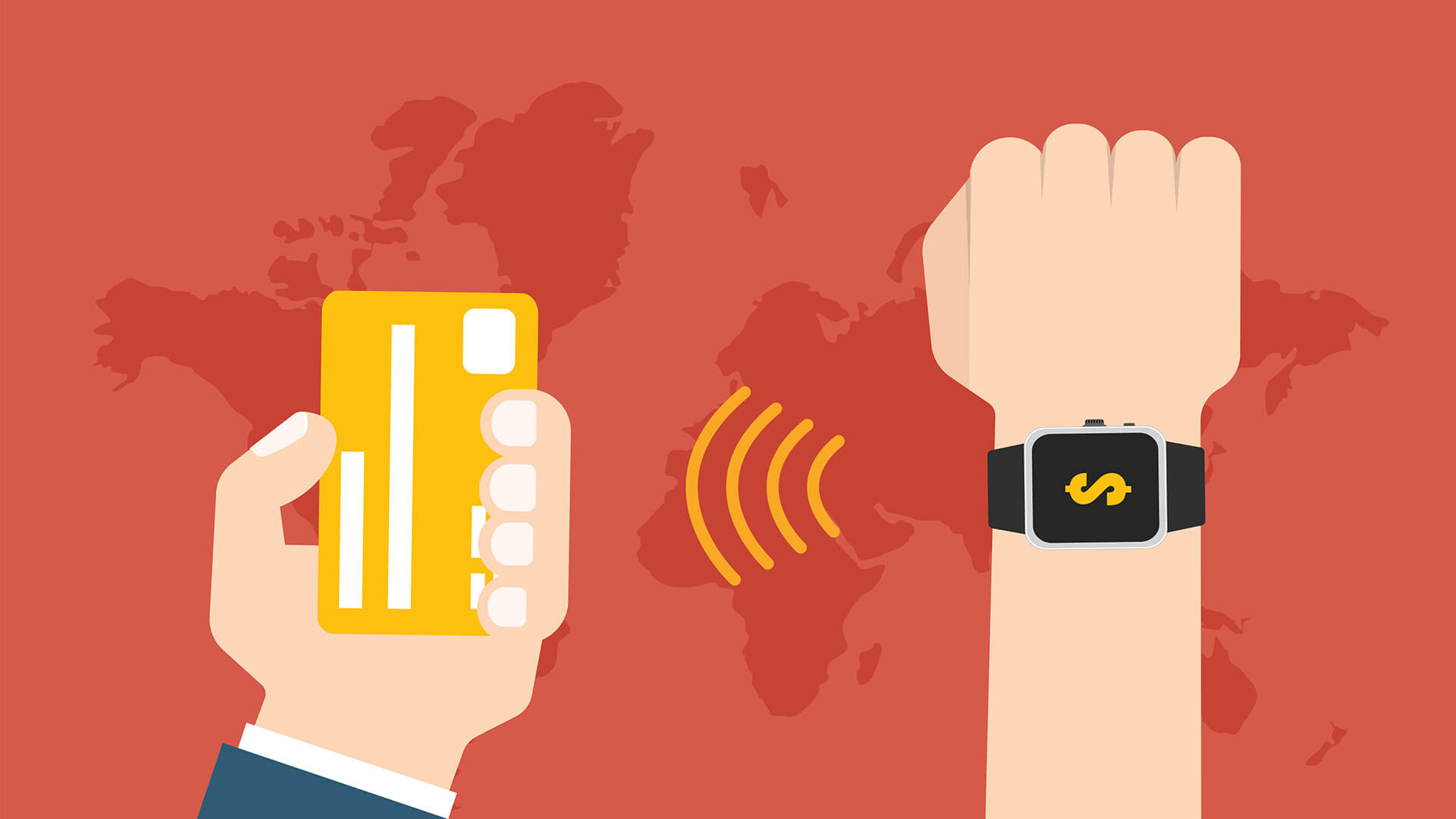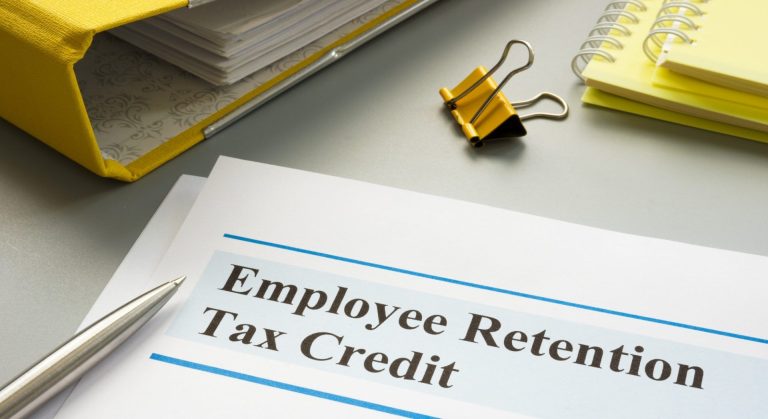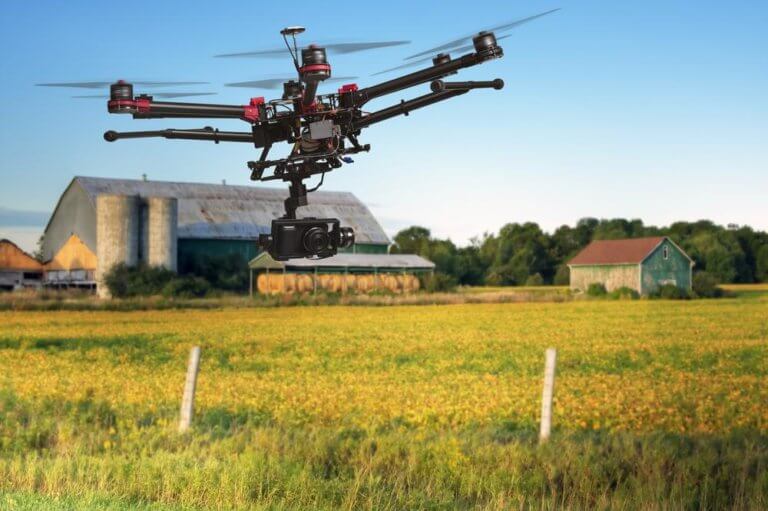
John Lunn, Founder and CEO of Gr4vy 2022 Predictions
2022 is fast approaching, and with it comes resolutions and predictions for the year ahead. It bodes the question: what may the new year bring? Will Open Banking continue to dominate, and what technology will rise to the top?
1. The Rise of Tokenization
Data security will continue to be a struggle for the payments and fintech industries. As a result, we’ll see the further rise of tokenization and tokens to replace sensitive data with a non-sensitive digital equivalent to keep consumer data secure.
Companies like Visa, Mastercard and Amex will continue to utilize tokenization as a means to protect credit card information. There are also rumors of interchange rate savings for banks, but there could be savings for those who start to use Visa and Mastercards network tokenization products.
However, it won’t be a one size fits all proposition. Payment orchestration platforms that allow for tokenization and are PCI compliant will be crucial. Retailers and merchants will use these platforms to circumvent having to tokenize through just one payment service provider. Instead, they will opt for payment orchestration platforms that allow them to tokenize in many different places and provide a better user experience.
2. Open Banking will Accelerate in 2022
Interchange rates will increase in 2022. As a result, merchants will face higher costs to accept credit card payments. We’re already seeing interchange rates affect the fintech and payments industry with news of Amazon no longer accepting Visa cards in Britain.
Before with Open Banking, there was a problem with the user experience, but now the technology and companies offering it have caught up. Payment orchestration platforms have also made it easy to implement and provide open banking options at checkout, so merchants have a strong reason to offer it as a payment option.
To that end, Open Banking will continue to be a hot topic in the year ahead. And, for merchants, it will be more lucrative with no chargebacks while allowing customers to pay directly from a bank account. Open Banking will serve a whole population of underserved customers who may not have access to a credit card. And when combined with payment orchestration, it will provide a better retail checkout experience.
3. Cloud Native Solutions will Help Retailers Stay Competitive
Digitalization or moving to the Cloud has accelerated during COVID-19, driven not only by the considerable growth in online shopping but also by the ability of in-house teams to run infrastructure when working from home.
This shift toward cloud-hosted solutions and headless commerce will continue its momentum. When you couple this with the massive skill gap developing due to the lack of cloud engineers, you see the increasing need for no-code solutions that are cloud native.
2022 will be the year of headless commerce backed by no/low code backends that will allow today’s retailers to scale and innovate at the speed they need to in order to remain competitive.
4. Alternative Payment Types will Gain Prominence in 2022
2022 will be the year Bank to Bank Payments, Wallets and other payment types rise to prominence. Credit cards’ share of checkout will continue to decline at an accelerating pace driven by increases in interchange rates, as well as consumer preference with millennial and GenZ consumers.
5. Payments Are Getting More Complicated – It’s Time Retailers Take Note
A big trend in 2022 will be around embedded banking or embedded finance. For example, being able to embed credit card applications and creating checking accounts within other people’s apps.
Consumers, however, are expecting more, and everything is getting more complicated. It used to be that merchants could offer just one or two payment methods at checkout, such as credit card payments. With the rise of ACH payments, wallets, Buy Now Pay Later, and more, customers demand alternative ways to pay and greater flexibility.
Retailers will need to shift in 2022 and offer various payment options and experiences at checkout. As a solution, I expect we’ll see payment orchestration take center stage with retailers adopting payment orchestration platforms that are no-to-low low code to add new payment methods quickly. Alternatively, merchants will be able to utilize the ability to offer greater payment options at checkout as a marketing tool while also increasing customer loyalty by delivering customers the payment options they desire.























